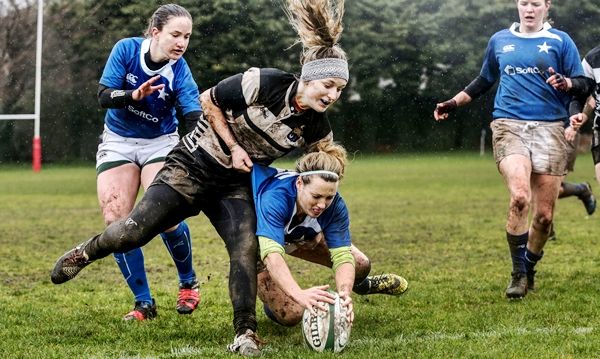There is a fine line here. We all want our children to lead a fit, active lifestyle but there need to be safe guidelines and practices put in place.
Next season, five Dublin schools will put their players up for a comprehensive study on concussion in the schoolboy game. It will be the first major study of its time.
I took a visit to Sport Surgery Clinic on Thursday to learn more about their pilot study and came away with an uneasy feeling.
The work going on at SSC is commendable. They are putting time, effort and resources into a proper study on concussion and how to ensure players can return to the game as safely as possible.
The idea is to subject concussed players to a ‘battery of tests’ in the hope of tailoring individual programs that best suit them. This will not be an overnight success, however.
“We’re so far away from that magic [concussion] test,” says Dr Andy Franklyn Miller, director of rehabilitation and research at SSC. “The hype doesn’t match the data.”
Making strides https://t.co/NXH8ETSoI5
— SportsJOE (@SportsJOEdotie) April 30, 2016
Arriving at SSC is an eye-opening experience in itself.
Mixed in with the elderly patients, and those in need of rehabilitation after ill luck, are lads and ladies in their teens and early 20s. Sport can often take an awful toll on the body.
Once introduced to Dr Franklyn Miller and Colm Fuller [a musculoskeletal physiotherapist], myself and a Sunday Business Post journalist undertake the tests that schoolboy players from St Michael’s College and Blackrock will undergo in pre-season.
Those tests are computerised, exercise and physiological. We stand on balance boards with eyes closed and hands on hips, take numeracy and reaction tests and are thankful when a physically fit member of staff is selected to horse along a treadmill whilst hooked up to a dystopian breathing apparatus.
The most interesting parts of the visit were the chats with Dr Franklyn Miller and Fuller in between.
With five schools involved in the pilot study, between 200 and 250 schoolboy players will undergo baseline tests. I ask Dr Franklyn Miller how many players/children they are expecting to be concussed.
The current figure from schoolboy rugby in Ireland is 10%. One in 10 young players will suffer a concussive blow over the course of a season.
Dr Franklyn Miller points out that all manner of injuries can be picked up by players over the course of a season but the 10% concussion expectancy sticks with me. Between 20 and 25 of these teenagers [aged between 15 and 17] are expected to get concussed.
We should know more by the summer of 2017 but what if the numbers meet the expectations, or surpass them? Is one in 10 really a number we can live with? Is that a comfortable risk to subject our children to?
These type of studies can’t be rushed but, in reality, their results can’t come quick enough.
For some reason – and there will hopefully be fully funded studies approved on this – females playing sport are twice as susceptible to concussion than their male counterparts. This is not common knowledge yet but it should be. It’s imperative.
Another titbit is the discovery that studying a language or a musical instrument can be better for exercising the brain while recovering from a concussion. “Playing lots of Sudoku just gets you better at Sudoku,” remarked Fuller.
Surely the Irish rugby provinces, and top level athletes are signing up for French and guitar lessons to get their brain the exercise it needs?
“The tests are not about return players to the game quicker,” said Fuller. “It’s about returning safer.”
That is something we can all get behind.
Getting that one in 10 figure reduced, and dramatically so, is another challenge but it should not be for another day.







































